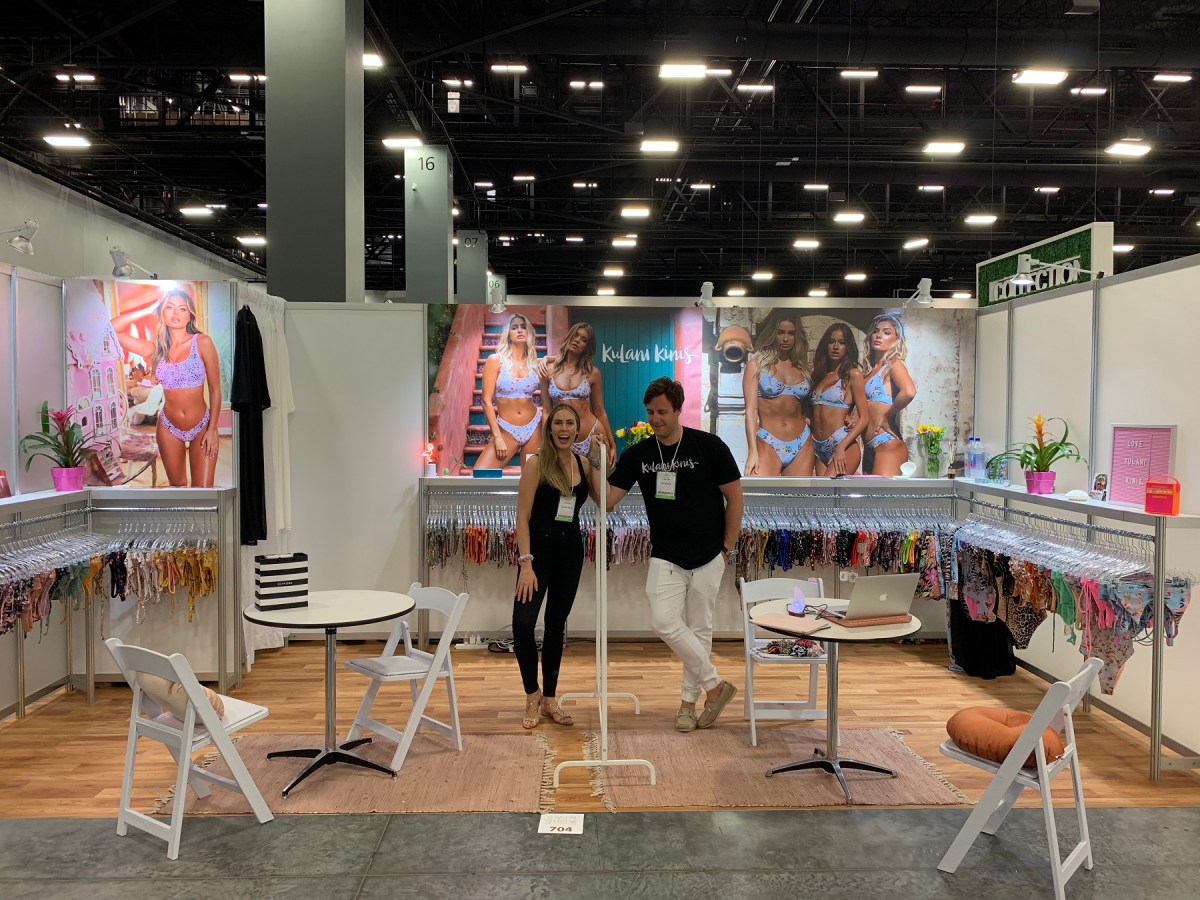eCommerce continues to be one of retail’s biggest success stories. Fashion retailers are at the forefront of this movement, with Australian-based retailers nimbly responding to global events by selling sweatpants in lockdown and shifting swimwear stock to overseas markets where people have more mobility to enjoy the warmer months.
For online fashion sellers looking to reach global customers, understanding the intricacies of foreign exchange and key considerations when juggling multiple currencies, can help to minimise currency impacts that often go hand in hand with trading overseas.
Let’s talk through some FX tips and tricks that businesses in the online fashion retail industry can try on for size and potentially benefit from.
Trends come and go, FX management never goes out of style
In today’s fast-paced, digital-led environment, eCommerce is top of mind for retailers globally. With this comes increased competition. What can often eventuate are crowded market segments where businesses, manufacturers and marketplaces compete for the attention and patronage of the same customers.
The plethora of marketplaces, like Amazon and eBay, where businesses can sell their products has helped facilitate more revenue opportunities, while also creating more financial complexity.
For global eCommerce fashion businesses, managing various marketplace platforms, exchange rates and currency volatility can be a difficult juggling act for well-established operators at the best of times.
Let’s use a US$20,000 monthly payment to an overseas supplier as an example. Looking at the market rate in the last three months, this invoice could have cost as much as AUD$28,031 and as little as AUD$26,550 – a marked difference of AUD$1,751*.
Implementing currency hedging to protect profits against unanticipated volatility can help you establish ideal moments in your retail calendar to transfer funds. Working with a FX specialist to plan accordingly can free up your time to focus on business growth.

Behind the scenes of marketplace payment gateways
Fashion is a booming industry, and online sellers often turn to marketplaces to expand their global customer base. A common FX pitfall for businesses is overlooking automatic currency conversions by marketplaces. Failing to consider currency conversions (which can account for 2-8% of overseas revenue) altogether, and having to pay overseas manufacturers in US dollars, can have a significant impact on profit margins.
Many Australian retailers looking to sell next season’s stock overseas may also find payment gateways such as PayPal and Afterpay, or online marketplaces like Amazon, require a locally-held US bank account in order to be paid in US dollars.
Without it, any US dollar (USD) revenue is automatically converted back to Australian dollars, requiring you to convert back into USD if you need to pay manufacturers in USD. This double conversion can come with double the fees. With PayPal charging up to four per cent of the transfer amount, and banks charging a fixed price for international money transfers, there could be a significant impact to your bottom line.
One Australian-based business that OFX has supported on their FX journey is Kulani Kinis, an in-demand bikini label in North America. The co-founders, Danielle Atkins and Alexander Babich, began their global FX journey with a single spot transfer to gain access to their first US trade show back in 2014.
Working with OFXperts over subsequent years and using a Global Currency Account, has helped them when making regular payments in US dollars, Canadian dollars and euros. It’s been impressive to see the business go from strength to strength, with Kulani Kinis now reaping 80% of its multi-million dollar revenue from overseas.
Implementing FX solutions like an OFX Global Currency Account, which is like having local accounts in the markets you do business in, into existing processes to pay overseas suppliers directly can help to bypass unnecessary conversion fees and facilitate better protection of your overall profits.
Putting your best FX foot forward
eCommerce and currency markets change all the time, so it’s important to stay ahead of the trends. Doing your research on FX fees and margins, looking beyond traditional institutions and marketplace’s inbuilt exchange rate policies, and working with FX specialists to build a robust strategy can help you to navigate potential risks and opportunities with confidence.
*Disclaimer: Customer transfers use OFX’s Customer Rate and this, combined with other factors such as different currency exchange amounts, currency types, dates and times will result in different actual costs. These results therefore may not be indicative of actual savings and should be used only as a guide.
Edward Wiley is director of strategy partnerships for ecommerce at OFX.

